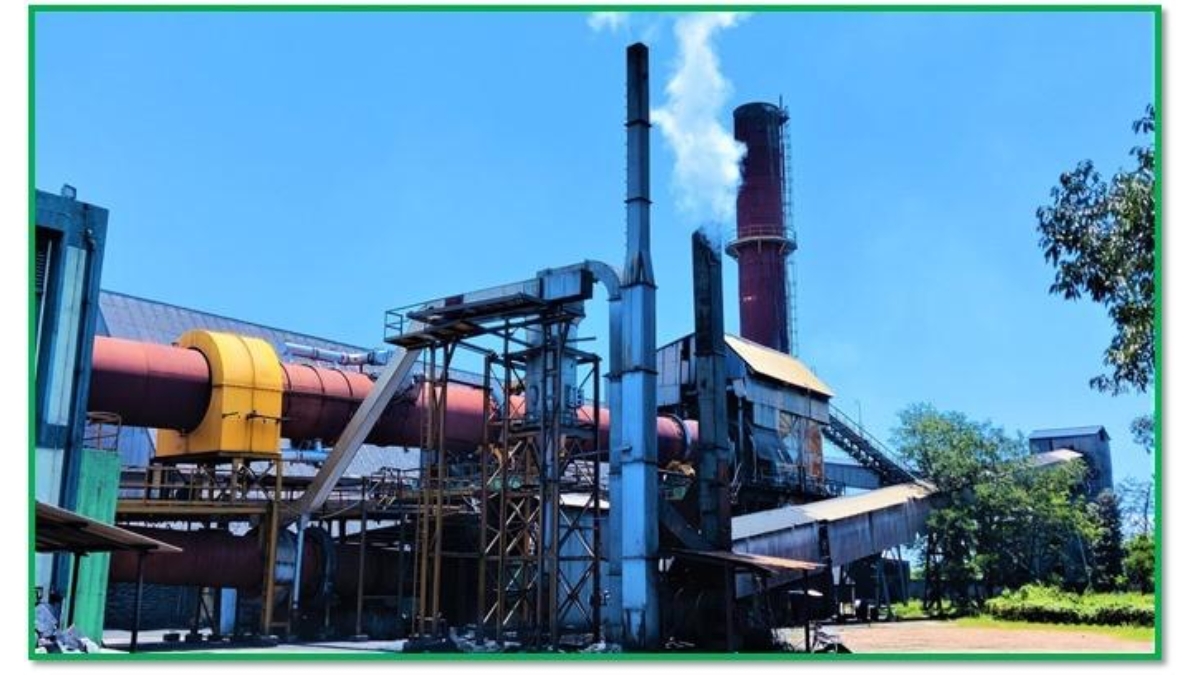Lok Sabha elections 2024: Will the housing market create another peak in 2024?

India`s residential real estate market, which has historically demonstrated a remarkable link with election cycles, comes under scrutiny once again as the country prepares for another round of general elections.
General elections and residential real estate appear closely linked – at least, that is what the previous two election years’ data trends indicate. There is a striking correlation between Lok Sabha elections and India`s residential real estate market, according to an analysis by ANAROCK Group. Data from the past two elections (2014 and 2019) shows a surge in residential real estate activity.
2014 and 2019, both election years, saw housing sales create new peaks. In 2014, sales in the top 7 cities scaled up to approximately 3.45 lakh units while new launches were the highest ever at nearly 5.45 lakh units.
Lok Sabha elections 2024: Housing price trends
Likewise, in 2019, housing sales scaled up to approx. 2.61 lakh units while new launches increased to approximately 2.37 lakh units after a lull in the residential real estate market between 2016 and 2019. Major structural reforms like demonetisation, RERA, and GST, introduced in 2016 and 2017, transitioned Indian real estate from something of a Wild West frontier market to more organised and regulated, according to ANAROCK data.
The ANAROCK said that most fly-by-night developers have exited the market since then and organised players have emerged in strength, significantly reviving confidence among homebuyers.
Anuj Puri, Chairman – ANAROCK Group, said, “A major factor driving the housing market`s phenomenal performance in 2014 and 2019 would have been the decisive election results. For homebuyers, it was an end to fence-sitting and a confident move to `buy` positions.”
On examining the price trends in these election years, it emerges that 2014 was a better year than 2019. ANAROCK data indicates that in 2014, the average prices in the top 7 cities rose by over 6 per cent annually against the preceding year – from Rs 4,895 per sq. ft. in 2013 to Rs 5,168 per sq. ft. in 2014. As for 2019, average prices rose by merely 1% annually – from Rs 5,551 per sq. ft. in 2018 to Rs 5,588 per sq. ft. in 2019.
India`s residential real estate sector witnessed a major slowdown between 2016 to 2019. The major market shake-up brought on by policy reforms between 2016 and 2017 was followed by the NBFC crisis post the IL&FS issue in 2018. This caused considerable turmoil in the residential real estate industry.
Lok Sabha elections 2024: Impact of Covid-19 in 2020
From 2019 onwards, the first green shoots of revival were temporarily dampened by the pandemic in early 2020. Thereafter, against all expectations, the housing market went into overdrive from 2021 onwards and the momentum continues to date.
Lok Sabha elections 2024: How will the current election year (2024) pan out for the Indian housing market?
“As things stand now, all signs currently favour the residential market in 2024, and the year can well create another peak in housing sales and new launches,” said Puri.
“Housing demand continues to be upbeat across cities after the announcement of the election dates, with homebuyers remaining highly optimistic about the real estate market,” he added.

Atul Tiwari is a seasoned journalist at Mumbai Times, specializing in city news, culture, and human-interest stories. With a knack for uncovering compelling narratives, Atul brings Mumbai’s vibrant spirit to life through his writing.





